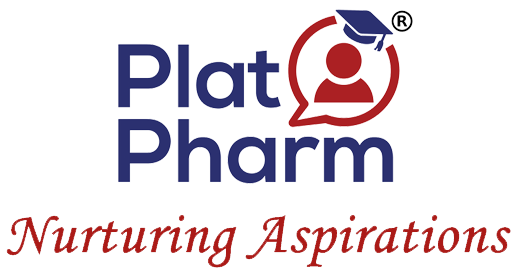Diabetes is one of the top ten diseases threatening human health in the world. As per the WHO report, Diabetes is a global epidemic affecting approximately 6% of the world’s population i.e. more than 420 million people [1].
Diabetes occurs either when the pancreas does not produce enough insulin or when the body cannot effectively use the insulin it produces. In such conditions, insulin is administered by the subcutaneous route. The subcutaneous administration of insulin has many challenges such as local pain, inconvenience of multiple injections, and occasional hypoglycemia as a result of overdose, itching, allergy, and hyperinsulinemia.
The bioavailability of oral insulin administration is less than 2% due to its high molecular weight, strong hydrophilicity, poor stability, and low tolerance against hydrolysis by proteases [2]. The physiological absorption barrier of gastrointestinal tract has become a major difficulty in the development of oral insulin [3].
Attempts have been made to improve the bioavailability of orally administered insulin by various strategies. The advancement of nanotechnology has made it possible to construct different delivery nanosystems for the said purpose [4].
There are three practical approaches for developing oral insulin delivery system with high bioavailability [5]
1. Modification of physicochemical properties such as lipophilicity and enzyme susceptibility -
The studies carried out with enzyme inhibitors such as sodium cholate along with aprotinin; camostat mesilate, with bacitracin; and leupeptin have shown promising results in early stage studies. However possible absorption of unwanted proteins, disturbance of digestion of nutritive proteins and stimulation of protease secretion are the limitations of this approach [6].
2. Addition of novel function to macromolecules –
Attempts have been made for modifying the chemical structure of the protein to improve its stability against possible enzymatic degradation. A diacyl derivative of insulin was prepared which maintained its biological activity. It also showed improved insulin absorption from the intestine [7]. However this approach has limitations due to structural complexity of proteins.
3. Use of improved carrier systems -
such as liposomes, niosomes, nanogels, nanoemulsions, nanospheres, etc. The structures can be combined with variety of functional components to improve their solubility, permeability, release properties, targeting, and protective effects.
Conclusion:
Oral insulin is certainly an active research area. Precise control of drug delivery to the specific site, feasibility of large scale processes, reproducibility of dose delivery and product stability will play a key role in successful oral insulin delivery.
REFERENCES:
- Global Diabetes Summit (who.int)
- Lilong, S.; Zhijia, L.; Houkuan, T.; Zhicheng, L.; Lixin, L.; Leong, K.W.; Hai-Quan, M.; Yongming, C. Scalable Manufacturing of Enteric Encapsulation Systems for Site-Specific Oral Insulin Delivery. Biomacromolecules 2020, 20, 528–538.
- Hamman, J.H.; Enslin, G.M.; Kotz, A.F. Oral Delivery of Peptide Drugs. BioDrugs 2005, 19, 165–177.
- Yu, J.; Zhang, Y.;Wang, J.;Wen, D.; Kahkoska, A.R.; Buse, J.B.; Gu, Z. Glucose-responsive oral insulin delivery for postprandial glycemic regulation. Nano Res. 2019, 12, 1539–1545.
- Morishita M, Peppas NA. Is the oral route possible for peptide and protein drug delivery? Drug Discovery Today, 2006, 11:19-20.
- Kinesh V.P. et.al. : Novel Approaches for Oral Delivery of Insulin and Current Status of Oral Insulin Products. International Journal of Pharmaceutical Sciences and Nanotechnology 2010, October-December, Volume 3, Issue 3, 1057-1064.
- Giriraj KG, Giriraj KT. Oral Insulin-Fact or Fiction. Resonance, 2003, 38-43.

